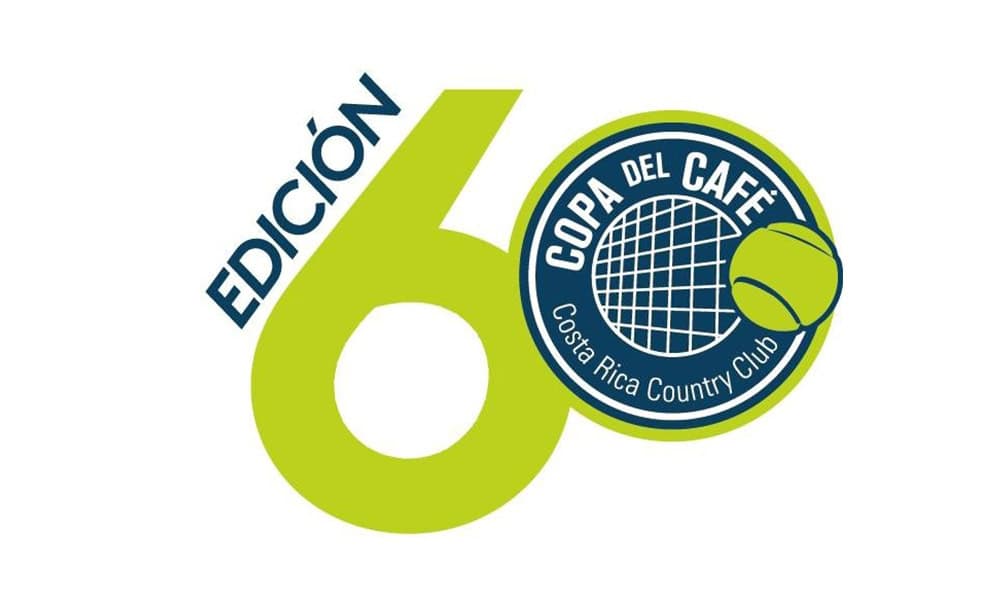Q COSTARICA — The Sistema de Integrado de Compras Públicas (SICOP) – Integrated Public Procurement System – is the platform for public entities looking to rent a warehouse, for technological supplies in general, to more specific needs, such as the decommissioning of metal coins.
In recent months, the Banco Central de Costa Rica (BCCR) – Central Bank, has put into circulation new ¢10, ¢50, ¢100, and ¢500 coins and withdrawn the old. The question then arises as to what will happen to the coins that are being discontinued.
First, the Central Bank details that the banks are collecting the coins, which will be reviewed, counted, and packaged before transferring them to the BCCR.
– Advertisement –
Next, the decommissioning process will be required, for which a supplier is being sought.
“Destruction consists of physically rendering the coins useless using specialized machinery that crushes or deforms them,” the Central Bank explains. This ensures that the coins are no longer used as a means of payment.
“The resulting material, mostly composed of brass-coated steel, has a residual value. The Central Bank receives income from delivering this recoverable waste to the contractor,” they add.
The resulting materials from the coins could be smelted and transformed for use in the manufacture of new metal products.
At the beginning of the year, the Central Bank had announced that 2025 would mark changes to Costa Rica’s “monetary cone,” which refers to the set of banknotes and coins that make up the national currency.

The project sought to improve user security and convenience with smaller and lighter coins.
– Advertisement –
Along the way, there was an adjustment in materials. The coins are now made of copper-based alloys, which makes them easier to identify by machines and allows for greater resistance to corrosion.
In addition, the designs were streamlined by including illustrations of wildlife and culture, which will attempt to reduce counterfeiting.
How will the change go?
The change that was already underway is the ¢500 coin, which is now valid only in the two-color design that celebrates the country’s historical milestones:
– Advertisement –
- 200 years of Independence: 18 million pieces in circulation
- 175 years of the Founding of the Republic: 2.5 million pieces in circulation
- 75 years of the Abolition of the Army: 2.5 million
- 200 years of the Annexation of the Nicoya District: 2 million

The next denomination is the ¢100. The Swing Criollo design will be circulating starting this July, and the second image is expected to arrive in October. It is not yet known when the old coins will be released, and they will now be exchanged for the following options:
- Swing Criollo
- Limon Calypso
- Liberian Bullfight
- Ceramic Objects with Chorotega Motifs
- Traditional Costa Rican Cimarrona Music
- Ox and Cart Tradition
A smaller silver piece will be available as a replacement for the ¢50 coin. The new collection consists of six motifs:
- Mariposa morfo (morpho butterfly, tropical rainforest)
- Rana calzonuda (tropical rainforest)
- Tortuga carey (Hawksbill turtle)
- Lagartija o anolis (tropical dry forest)
- Cangrejo marinera (mangrove)
- Conejo de monte (paramo)
The Central Bank has already issued 5.8 million coins with the morpho butterfly design. More designs will be released throughout the year, culminating in the rabbit, which will be available in January 2026.
The ¢25 coins, meanwhile, are already circulating in the Limón edition, which depicts the Southern Caribbean. Representations of the other provinces will be added to this collection.
“Touch, look, turn” will also work with coins.

The arrival of such a varied monetary cone has also led to recommendations so people can identify the coins that are being released.
According to the Central Bank, there are three tips:
- Touch the raised relief elements: On the reverse, the number and a set of bars stand out, allowing the person to identify the coin’s denomination by touch.
- Look at the finishes on the text and designs.
- Turn the coins over and observe how their designs change.
– Advertisement –
Source link
Rico



